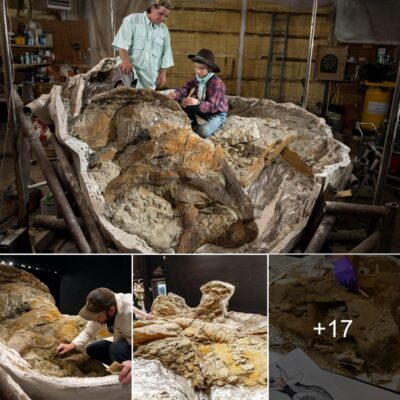The well-preserved natural mummy known as the “tzi Iceman” was found in a glacier in the Tztal Alps, close to the Austrian and Italian borders, roughly 30 years ago. This 5,300-year-old mummy has a tattoo design that has both therapeutic and mystical connotations.
The mystery of the tattoo system of the 5,300-year-old mummy
According to CNN, the 5,300-year-old mummy Tzi is not only the most well-known mummy in Europe but also one of the most important discoveries for those researching the history of tattoos throughout the world.
The freezing environment has allowed the ice man mummy Tzi’s 61 tattoos to remain remarkably intact. Since the mummies was found by two hikers, there has been debate concerning the meaning of these markings. Numerous tattoos on the lower back, knees, wrists, and ankles, among other places. As people age, they frequently get chronic pain in all of these body parts.

Some scholars think that the tattoos on the mummy of the ice man, Tzi, are an old remedy for pain management. This notion has been given additional support by the finding of numerous therapeutic herbs close to the location of the discovery of Tzi the Iceman.
However, not every tattoo on this well-known mummy is situated near a joint. On his chest, Tzi also has tattoos. According to researcher Allison Hawn of Arizona State University, USA, new imaging techniques in 2015 led academics to speculate that the tattoos were connected to early healing rituals that later became a system of rituals or rites, religious beliefs.

According to CNN, it is still unknown what the tattoos on the torso of the Tzi Iceman mummies signify. However, Tzi’s mummy serves as a crucial reminder that tattoos have long been and still are considered sacred in many different cultures.
Ancient tattoos from many cultures
In Egypt, a mummified woman has tattoos that date back to 2000 BC. Additionally, the figures with tattooed ladies that are carved and painted date from 4000 to 3500 BC.
In these two instances, the tattoo is made up of several dots that frequently resemble a protective net covering a woman’s abdomen. On the upper thighs of women, there are also tattoos of the Egyptian goddess Bes, who guarded women during childbirth. These prehistoric tattoos are regarded as a type of amulet to shield expectant mothers.

In order to conceal the scars left by their captors and to demonstrate their loyalty, fugitive slaves at Canopus tattooed themselves voluntarily, according to the Greek historian Herodotus. These new tattoos frequently denote that the men and women who have them are no longer serving as ethereal slaves but rather some sort of divinity.
Tattoos are also frequently seen on ancient reliefs of Quetzalcoatl, the Aztec god of wind, air, and wisdom. The Aztecs also used tattooing as a form of ceremonial body modification by priests. In religious rites, tattoos are also used in West African nations like Togo and Burkina Faso.
T Moko tattooing has been a tradition among the Maori people of New Zealand for millennia. These tattoos have a rich cultural and historical importance and are still performed today. These tattoos have spiritual implications with a protective charm design and ask spirits to protect the tattoo wearer in addition to displaying a person’s social standing, familial identification, and accomplishments.











